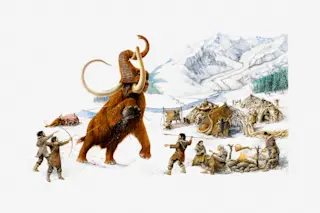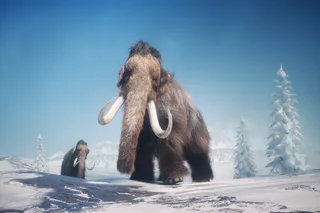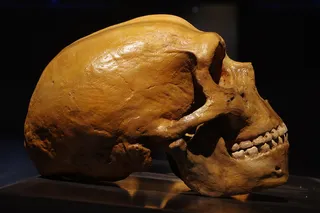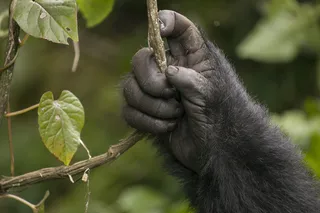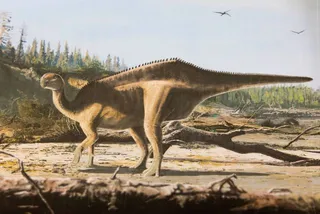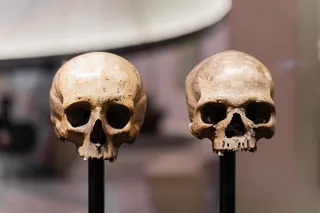With modern conveniences like heaters, snow boots, and heavy coats, surviving the winter is not difficult. But these conveniences didn't exist when early humans roamed Earth. So how did our ancestors keep warm? Based on archeological evidence found in caves and bones, archeologists found some ways that early humans might have protected themselves from the cold.
Artist representation of ancient humans wearing fur. (Credit: Benoît Clarys)
Benoît Clarys
A study published in the Journal of Human Evolution found that for 300,000 years, humans used bear hides to protect themselves from the cold, which is the oldest example of using bear resources globally. From this study, it's suspected that hominids during the Middle Pleistocene may have used bear skins to protect themselves against unforgiving winters in Northwestern Europe.
With furs, surviving in the northern hemisphere was easier. Animal hides and fur were a source of warmth and were used as wind ...


